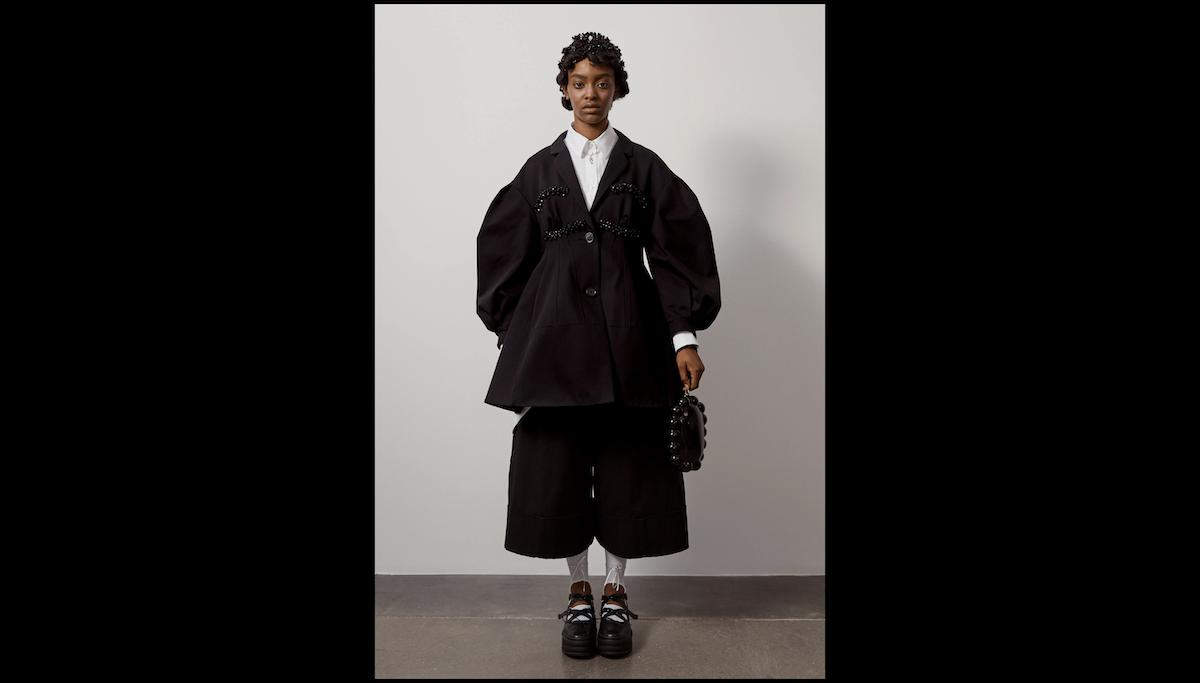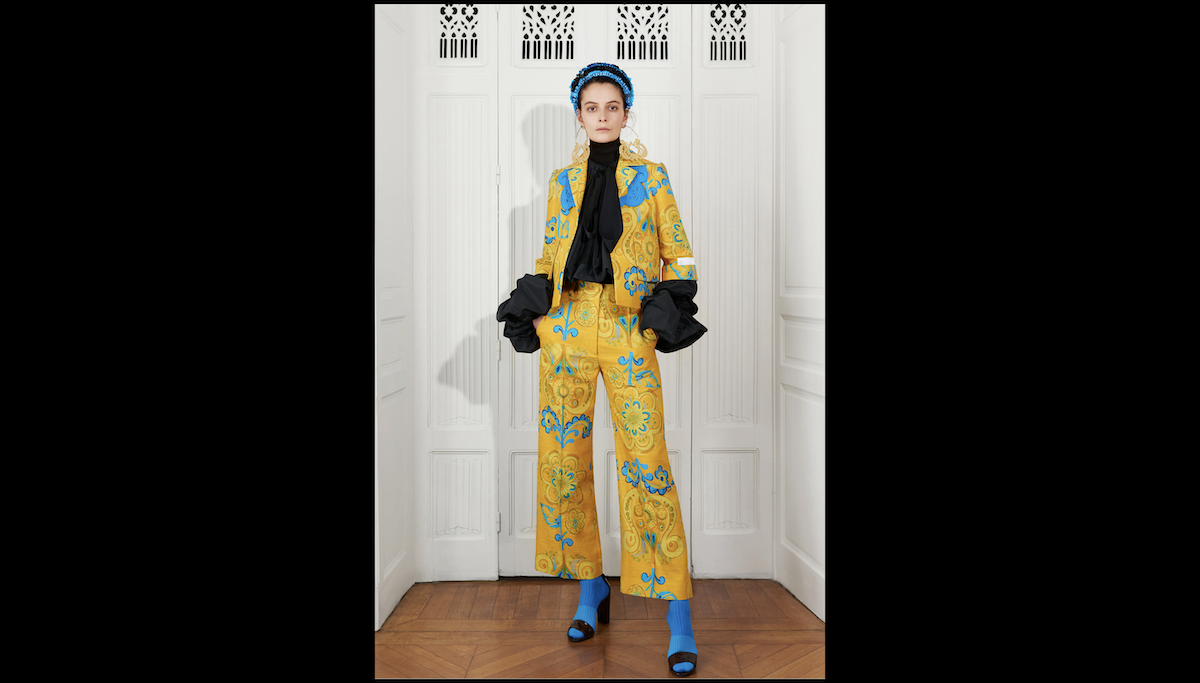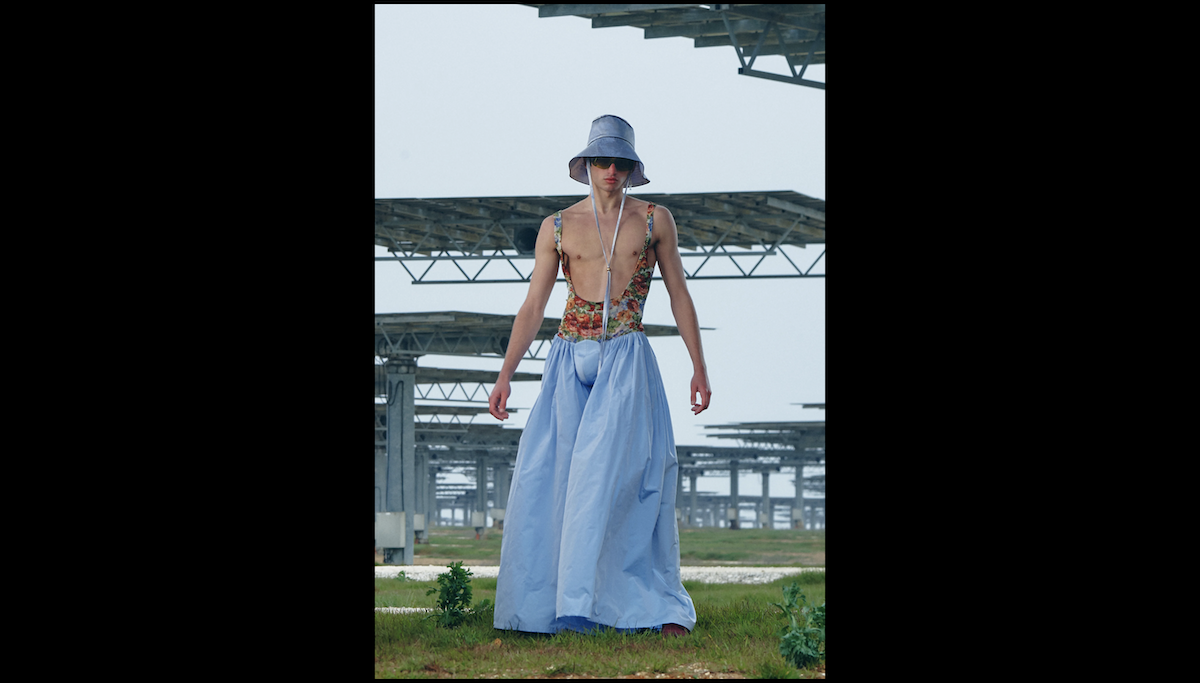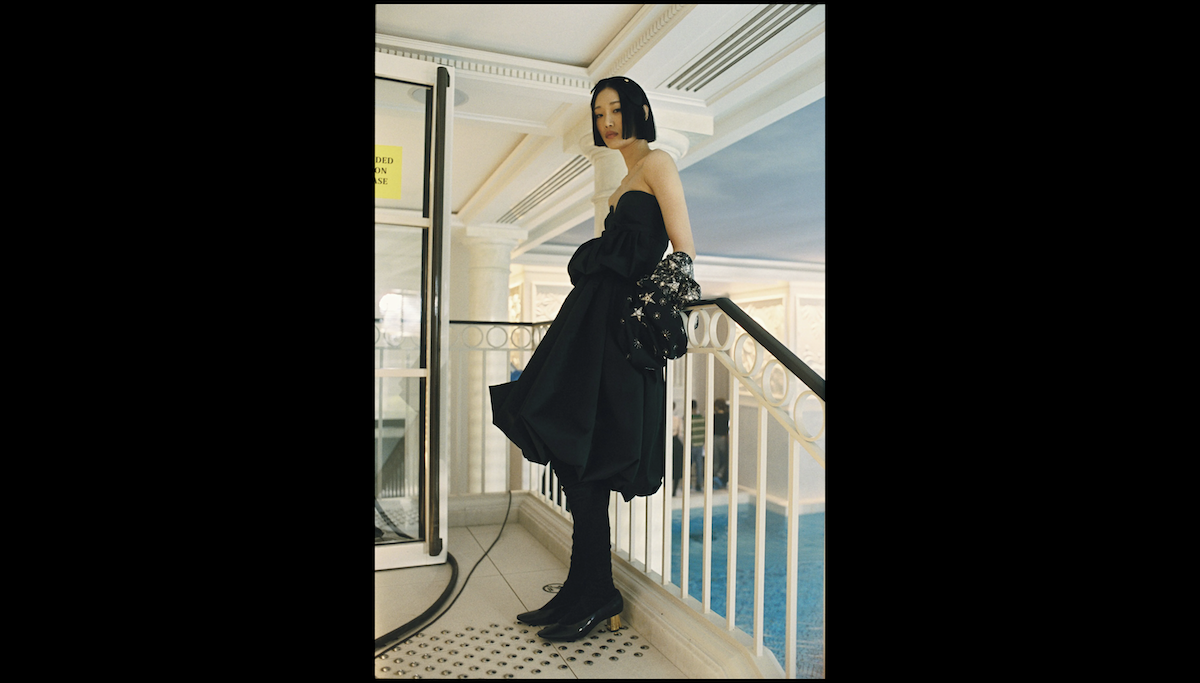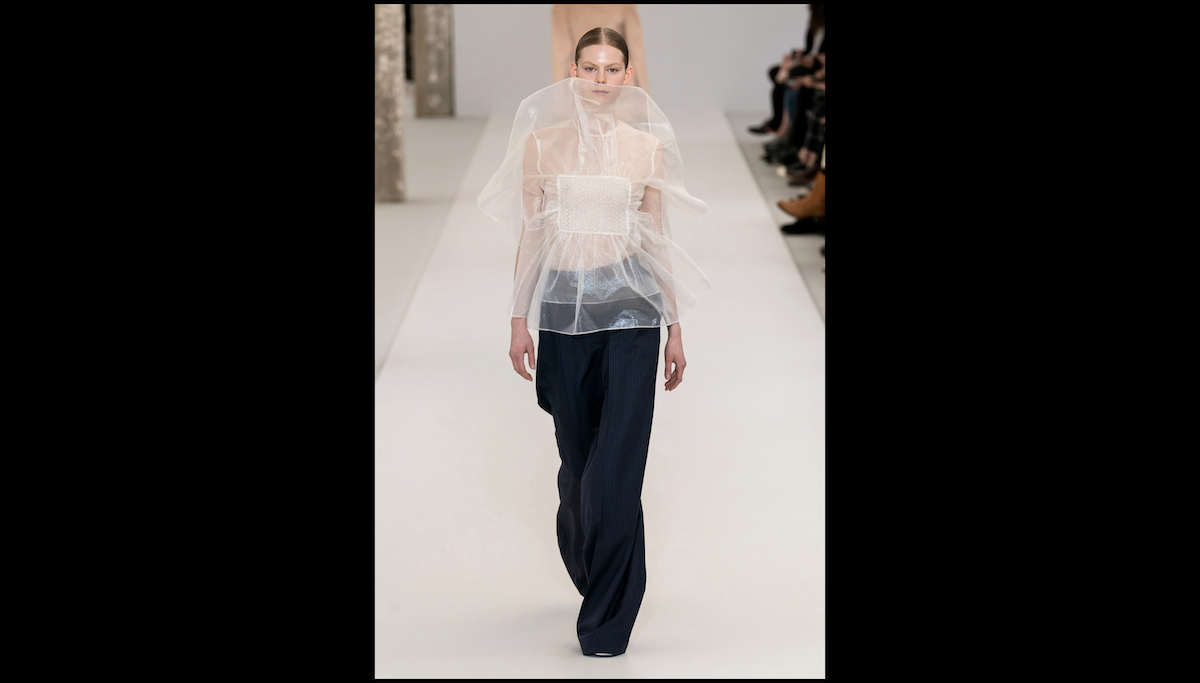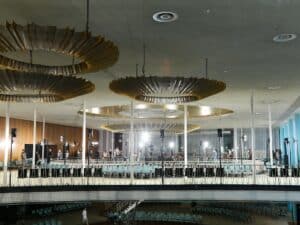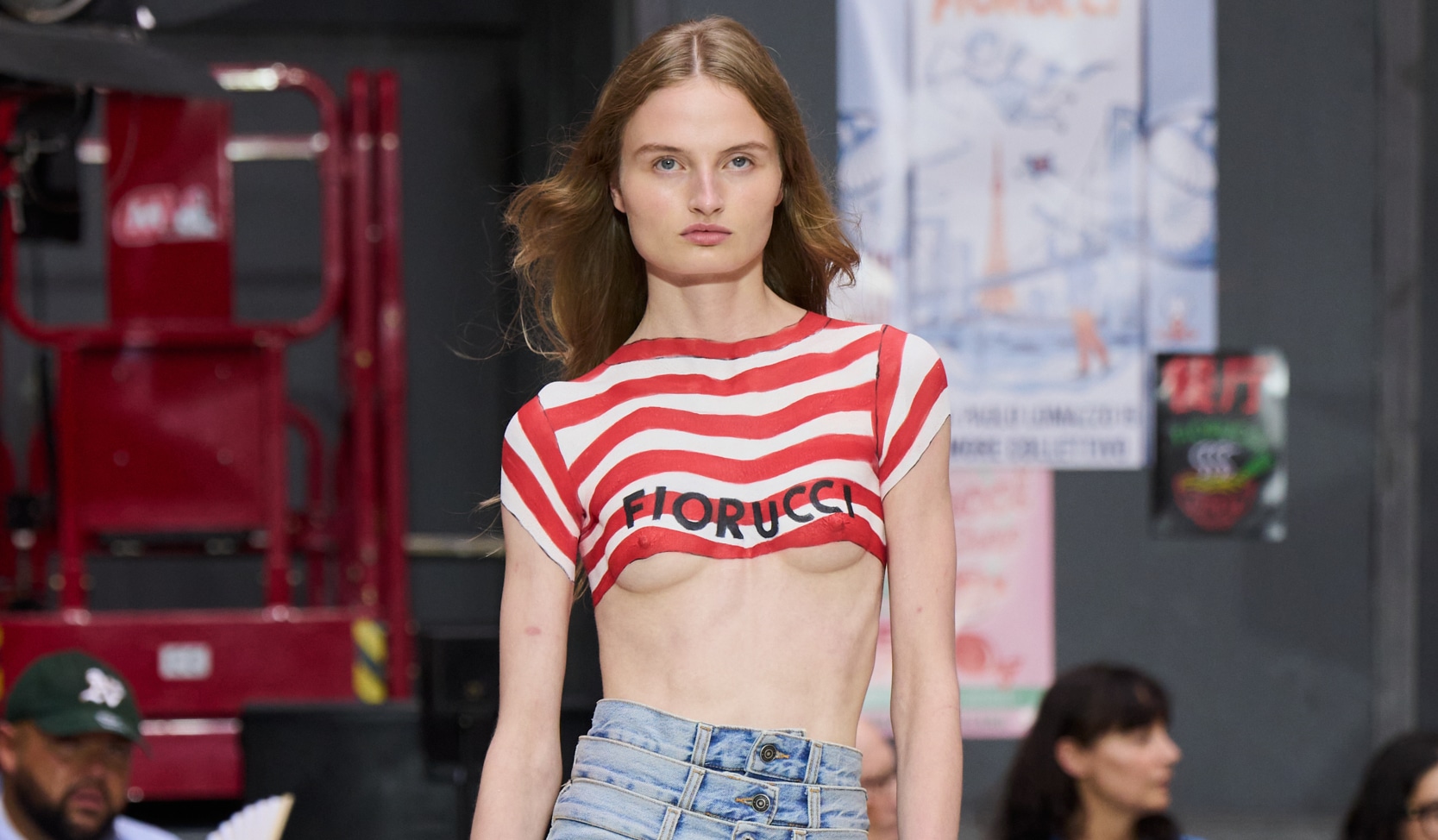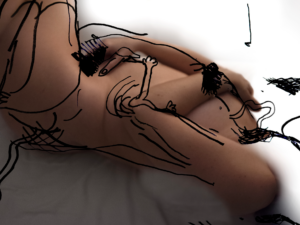Ruffles & bows, opulence & tulle:
Our favourite fashion designers hav brought Romanticism back to the centre of attention.
While more generally associated with literature and visual art, Romanticism is one strong element of style used for centuries in the aim of expressing the emotions of its wearers through the abundance of embellishment and volume. It’s a noticeable wardrobe for those who want to be noticed.
From the end of the 18th Century to mid 19th, Romanticism was popularised by authors such as Baudelaire or Goethe with one point in aim: the glorification of things. The “things” they glorified were hardly ever physical but mostly abstract concepts such as ideals, hope, fear, heroism, despair and other numerous sensations reserved for human nature. A celebration of thorny and poisonous feelings, punk before the punks.
If the cultural influence of the Romantics is highly recognised at the end of the 18th century, we as well can note the deconstruction of an anti-fashion construct under its influence, making a change on the common appearance. Romantic men are said to take a lot more care of their allure than the rest of the population, becoming the main inspiration of the dandy movement which took place shortly afterward. Indeed, more than the actual clothing, the romantics also question the expression of men’s feelings, back then taboo. Romanticism in fashion was principally a drastic change in the women’s wardrobe as well, who found themselves reinterpreting anachronistical garments such as gigantic dresses with petticoats and leg-of-mutton sleeves from the 17th century. This period is commonly considered as the climax of gendered fashion in Western culture. Indeed, the women’s body is restricted under layers of petticoats and tight corsetries, this structure of clothing reinforces men’s role over women by controlling women’s bodies. This phenomenon led to “women’s exclusion from male occupations and their economic dependence on husbands and male relatives.”
It is interesting to see how the codifications of romantic womenswear from the 18th century are now reused in the making of contemporary fashion, even for menswear, tinged with Romanticism: volume, fluidity, lightness and transparency. This terminology, most often reserved for female clothing, is now easily associated within the wardrobe of a man living in his time. Especially now.
This cultural phenomenon is entitled Neo-Romantiscm and plays with every aspect of the modern life, and its wardrobe. The Label Botter at Nina Ricci, Guillaume Henry at Patou or Molly Godard are primes example of contemporary designers reappropriating this symbolic mentality and infusing their creations with its essence. Not only the aesthetic aspect of these airy and soft pieces is undoubtedly pleasing for the eye. Neo-Romanticism is a beautiful play on the fate of the silhouette that used to restrain women historically, re-employed to empower them, and now becoming non-gendered.
